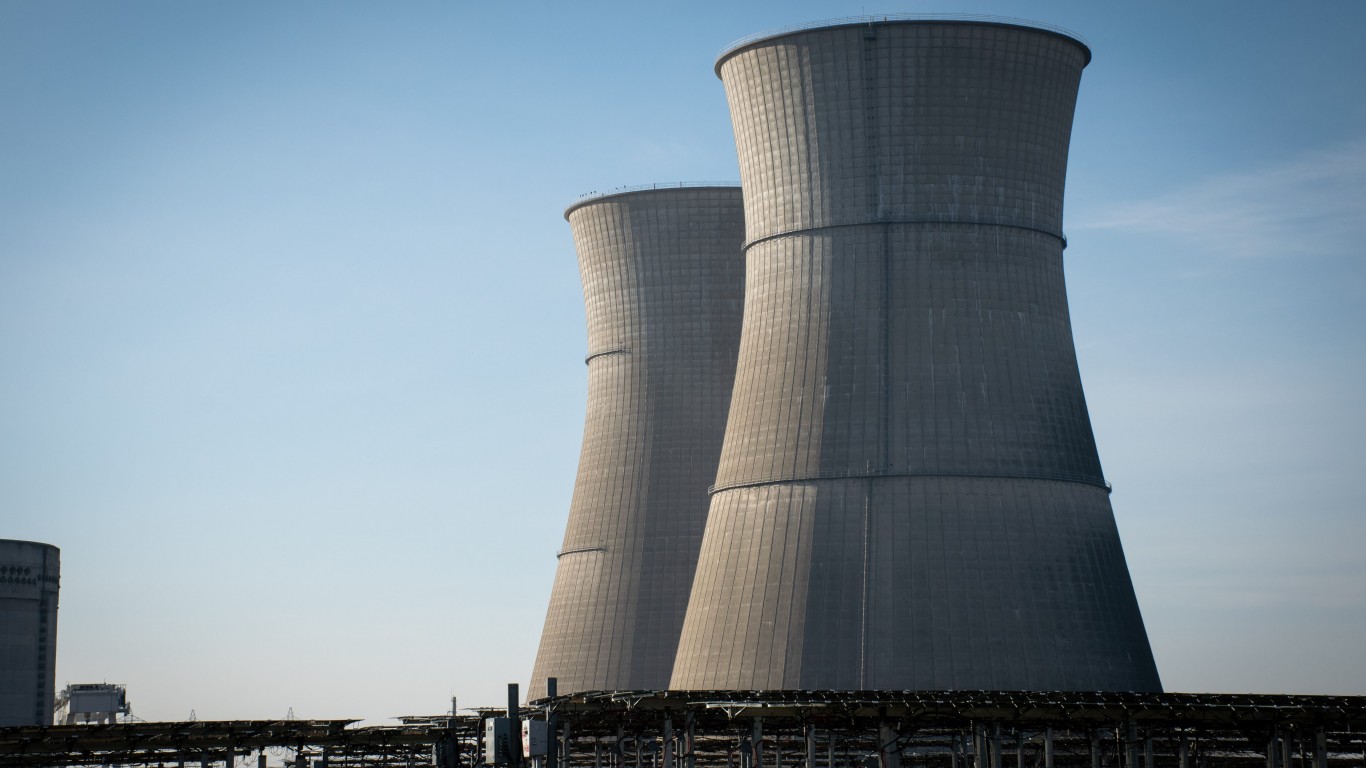
The data comes from a study by Bentek Energy, a division of Platts, which expects the trend to natural gas-fired electricity generation to continue, but still expects coal to retain significant market share. Coal inventories have fallen to just 113 million tons, far below the five-year average of 177.9 million tons, and coal production is up 1% this year following a 15% production decline for the period from 2006 to 2013.
According to Bentek, 25,000 megawatts of coal-fired generation was retired from service in the years from 2005 to 2013 and natural gas-fired generation increased capacity to 92,000 megawatts. Natural gas’s share of the U.S. power generation market rose from 17% in 2005 to 26% in 2013.
In 2014, the coal market is expected to maintain its recovery because natural gas prices will continue to be high and utilities and power companies buy more coal to replenish dwindling inventories. Inventory levels fell below 60 days of supply last December for the first time since the summer of 2011, and some operators currently hold inventory levels of less than 20 days.
Inventory levels are expected to reach about 136 million tons by the end of this month, still well below the five-year average and significantly below the bottom of the five-year range of about 154 million tons.
ALSO READ: How Much Energy Will the 2014 World Cup Consume?
The longer range outlook is for continued demand declines for coal. From April 2014 through December 2019, a total of 34,500 megawatts of coal-fired generation is scheduled for retirement. Some 5,900 megawatts of natural gas-fired generation will also be retired while new natural gas capacity will increase by 61,000 megawatts. Despite the trend toward natural gas, Bentek is optimistic about coal:
[C]oal will still have a long-term future as a foundational component of the US power market. … EIA projections show coal capturing an average market share of 36% through 2040, slightly below 2012 levels when gas generation was king.
Replacing fossil fuels as primary energy sources is a long and expensive undertaking. What this all ultimately means is that U.S. consumers can expect to pay more for electricity as the shift happens.
It’s Your Money, Your Future—Own It (sponsor)
Are you ahead, or behind on retirement? For families with more than $500,000 saved for retirement, finding a financial advisor who puts your interest first can be the difference, and today it’s easier than ever. SmartAsset’s free tool matches you with up to three fiduciary financial advisors who serve your area in minutes. Each advisor has been carefully vetted and must act in your best interests. Start your search now.
If you’ve saved and built a substantial nest egg for you and your family, don’t delay; get started right here and help your retirement dreams become a retirement reality.
Thank you for reading! Have some feedback for us?
Contact the 24/7 Wall St. editorial team.




